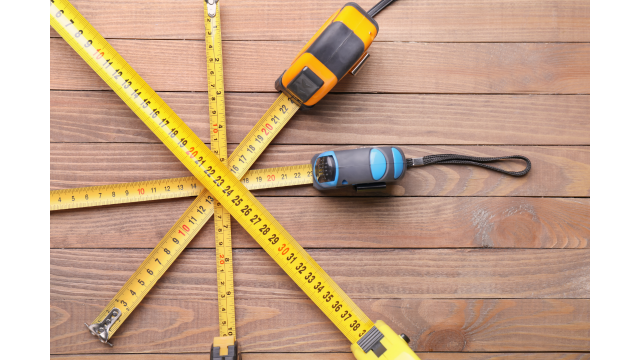
When planning a move, one of the most crucial aspects is ensuring that you have the right-sized truck to transport your belongings. Determining your items’ cubic meter (m³) volume allows you to select an appropriately sized truck, ensuring a smooth and efficient move. This article will guide you through calculating cubic meters, enabling you to choose the perfect truck size for your needs.
Begin by categorizing your items into furniture, appliances, boxes, and other miscellaneous items. This process will help you assess the volume of each category and calculate the total cubic meterage required for the move. Take time to declutter and dispose of unnecessary items, which will help reduce the overall volume.
To calculate cubic meters accurately, you’ll need to measure the dimensions of your belongings. Use a tape measure or ruler to determine each item’s length, width, and height. For irregularly shaped objects, measure the maximum dimensions (e.g., the longest side, widest point, and tallest point). Ensure that you measure in meters (m) to maintain consistency.
Once you have the measurements, calculating the volume of each item is straightforward. Multiply the length, width, and height measurements together (L × W × H) to obtain the volume of each item in cubic meters. Repeat this process for all the things in each category.
After obtaining the volume of each item, sum up the volumes of all the things within each category. This will give you the total volume for each type. Finally, add up the volumes of all the classes to determine the overall cubic meterage required for your move.
While the total cubic meterage gives you an idea of the truck size you’ll need, it’s important to consider load efficiency. Loading items tightly together can optimize space utilization, reducing the required truck size. Consider any empty spaces or gaps that could be filled with more minor things or packing materials.
Research the available truck sizes provided by moving truck rental companies or moving services. Most rental companies offer trucks in various sizes, typically measured in cubic meters or in terms of the number of rooms the truck can accommodate. Consider renting a truck with slightly more volume than your calculated requirement to account for any unexpected additions or to allow for more efficient loading.
If you find the calculations or estimations overwhelming, you can seek assistance from professional moving companies. They have experience evaluating the volume of items and can recommend the appropriate truck size based on your inventory.
Accurately calculating cubic meters is essential for determining the right-sized truck for your move. By categorizing, measuring, and calculating the volume of your belongings, you can estimate the cubic meterage required. Additionally, considering load efficiency and seeking professional advice will refine your truck size selection. Adequately planning and selecting the right truck will make your move more organized, efficient, and stress-free.
Website by ASIA